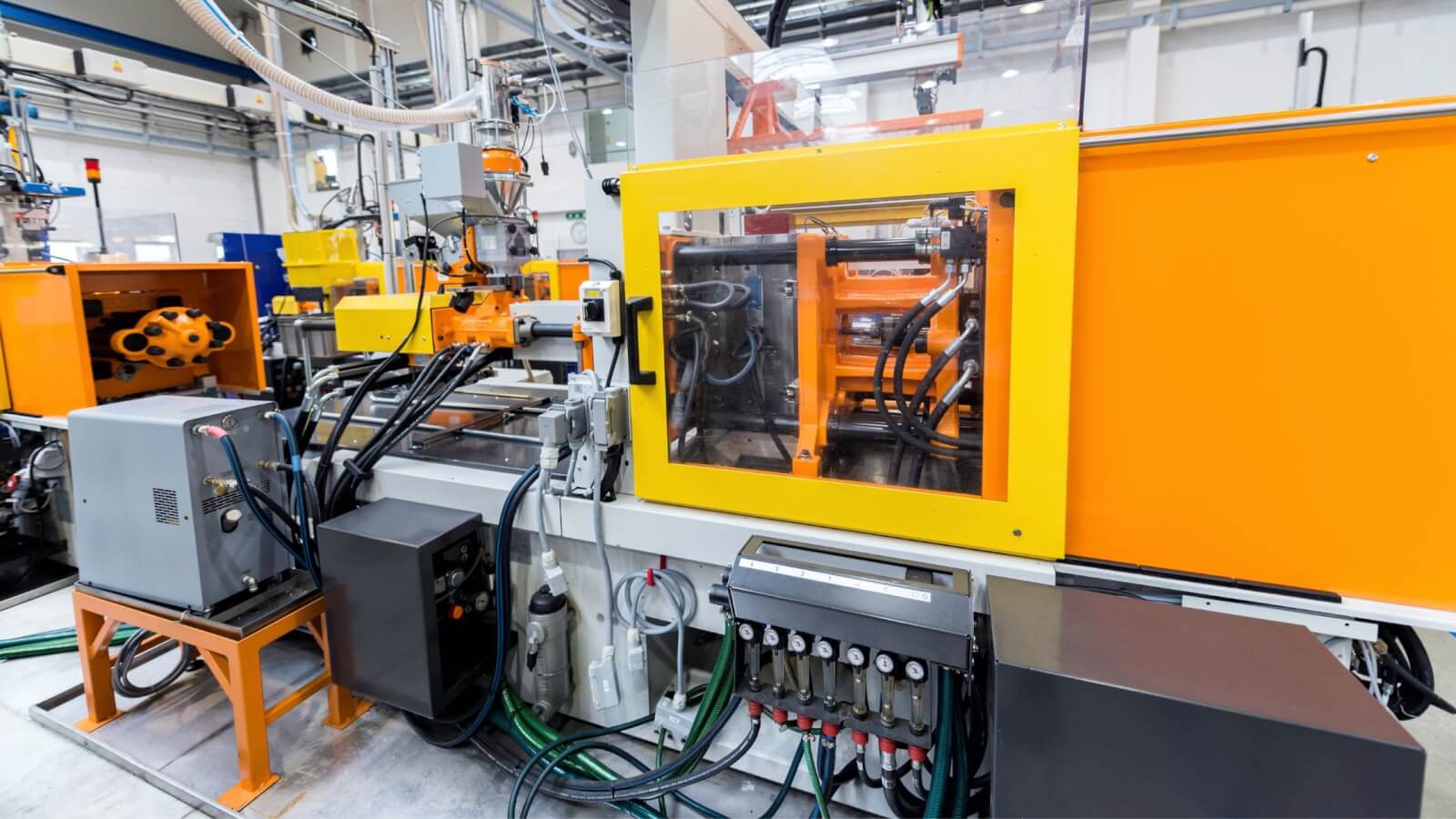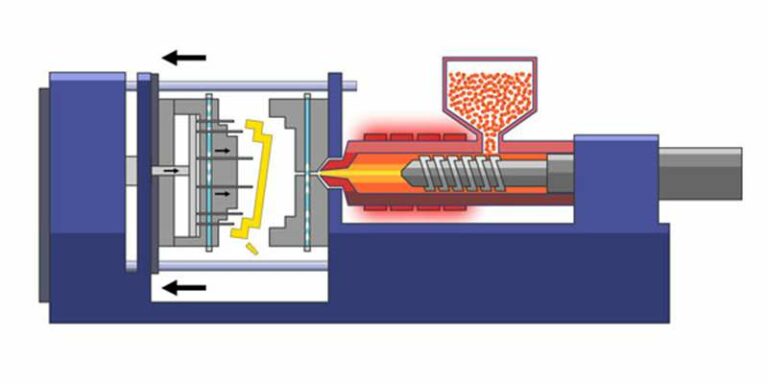The Future of Plastic Shot Molding: Trends and Advancements to View
As the plastic shot molding industry evolves, several crucial trends are arising that pledge to reshape its landscape. Automation and smart production methods are set to enhance efficiency, while the change towards lasting materials shows a growing ecological awareness. Furthermore, developments in 3D printing are leading the way for unmatched style flexibility. These advancements additionally bring forth obstacles that need careful consideration. Recognizing just how these components will certainly connect and influence future techniques is crucial for stakeholders aiming to navigate this transformative duration successfully.
Automation and Smart Production
As the plastic shot molding sector advances, automation and clever production are taking spotlight, changing manufacturing processes - Plastic Injection Molding. The combination of innovative innovations such as robotics, IoT (Internet of Things), and synthetic knowledge is allowing manufacturers to enhance efficiency, lower functional costs, and improve item top quality. Automated systems simplify operations, reducing hand-operated intervention and raising throughput, which is vital in meeting the climbing demand for rapid production cycles
Smart manufacturing technologies help with real-time surveillance and data evaluation, enabling companies to enhance machine performance and anticipate maintenance demands. This aggressive approach not just minimizes downtime however likewise prolongs the life expectancy of devices. In addition, making use of joint robotics, or cobots, improves the versatility of assembly line, enabling employees and equipments to operate side by side securely and efficiently.
The fostering of automation in plastic injection molding is not just a trend however a strategic necessary for organizations intending to continue to be affordable in an international market. By harnessing these modern technologies, suppliers can accomplish greater precision, reduce waste, and adjust swiftly to altering client demands, placing themselves for sustainable growth in a progressively automatic future.
Lasting Materials and Practices
The press towards automation and wise manufacturing has actually paved the method for a greater focus on lasting products and techniques within the plastic injection molding sector. Companies are progressively seeking eco-friendly choices to conventional petroleum-based plastics, causing the adoption of bio-based and recycled products. These sustainable materials not just minimize ecological influence yet also line up with consumer need for greener items.

Furthermore, collaboration between makers, product providers, and ecological companies is cultivating innovation in the growth of lasting materials that satisfy performance requirements without jeopardizing high quality. As regulations around plastic usage end up being more stringent, the market is poised to adapt by welcoming these lasting techniques, making sure lasting viability and minimizing dependence on non-renewable sources. The combination of sustainability into plastic injection molding is not just a fad; it is becoming an This Site essential part of company duty and operational quality.
Breakthroughs in 3D Printing
Recent developments in 3D printing innovation are considerably transforming the landscape of plastic injection molding. Impossible or once difficult to attain with standard techniques, the combination of additive production procedures permits for the fast prototyping of complex geometries that were. This ability not only increases product growth cycles yet additionally reduces material waste, aligning with the growing demand for sustainable production practices
Additionally, the appearance of hybrid production methods, which integrate 3D printing and injection molding, supplies suppliers the capacity to produce detailed designs while preserving the performance of automation. This method allows the manufacturing of customized components tailored to certain client requirements without giving up the speed and scalability that shot molding supplies.
Furthermore, advancements in materials, such as high-performance polymers and composites particularly created for 3D printing, are improving the practical abilities of published elements. These products can withstand greater stress and display boosted thermal residential or go to my site commercial properties, making them appropriate for more demanding applications.
As 3D printing continues to develop, its integration right into plastic shot molding procedures promises to improve productivity, minimize prices, and foster technology in item layout, placing makers to better fulfill the difficulties of a competitive market.
Data Analytics and IoT Assimilation
Information analytics and the combination of the Web of Things (IoT) are changing plastic shot molding by supplying makers with unmatched insights right into their operations. By leveraging real-time data accumulated from interconnected equipments and sensors, producers can keep track of efficiency metrics, identify ineffectiveness, and enhance manufacturing processes. This data-driven technique assists in predictive maintenance, lowering downtime and expanding equipment life-span.
Moreover, IoT integration permits for improved quality assurance. By constantly tracking variables such as temperature level, stress, and cycle times, manufacturers can quickly spot discrepancies from established parameters and make changes in genuine time. This not only enhances product uniformity yet additionally decreases waste and scrap prices.
The fusion of data analytics and IoT technologies also encourages suppliers to take on even more agile production techniques. With accessibility to thorough information analytics, companies can react to market needs with greater versatility, readjusting manufacturing schedules and configurations as needed. This flexibility is necessary in a swiftly changing production landscape.

Customization and Design Versatility
Just how can modification and design flexibility boost the competition of plastic injection molding? Customization permits producers to fulfill details customer demands, fitting special measurements, forms, and performances that typical items might not accomplish.
Developments in style innovations, such as computer-aided style (CAD) and rapid prototyping, further strengthen this pattern. These tools make it possible for designers to produce elaborate patterns and complex geometries, which can be effortlessly integrated right into the manufacturing process. Because of this, manufacturers can react quickly to altering customer preferences and market needs.
Additionally, the implementation of modular tooling systems boosts layout adaptability, enabling quicker changes in between various item layouts without comprehensive downtime. This flexibility can bring about lowered preparations and lower manufacturing expenses, making firms more affordable and nimble. Ultimately, welcoming personalization and layout versatility in plastic injection molding not only elevates product offerings yet additionally reinforces market positioning in an ever-evolving landscape.
Final Thought
The future of plastic shot molding is defined by significant improvements in automation, lasting practices, and cutting-edge materials. The assimilation of IoT and information analytics will improve operational efficiency and predictive maintenance. The adoption of recycled and bio-based materials, alongside development in 3D printing, will foster sustainability within the industry. Modification via modular tooling and quick prototyping will allow makers to stay affordable and receptive to the vibrant demands of the market.

The future of plastic shot molding is identified by considerable improvements in automation, sustainable methods, and innovative materials.
Comments on “The Effect of Plastic Injection Molding on Minimizing Production Expenses and Waste”